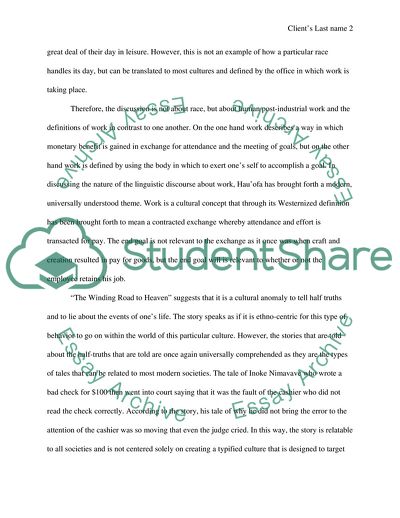Cite this document
(The Absence of Race in Hauofas Work, Tales of the Tikongs Literature review, n.d.)
The Absence of Race in Hauofas Work, Tales of the Tikongs Literature review. https://studentshare.org/sociology/1746155-race
The Absence of Race in Hauofas Work, Tales of the Tikongs Literature review. https://studentshare.org/sociology/1746155-race
(The Absence of Race in Hauofas Work, Tales of the Tikongs Literature Review)
The Absence of Race in Hauofas Work, Tales of the Tikongs Literature Review. https://studentshare.org/sociology/1746155-race.
The Absence of Race in Hauofas Work, Tales of the Tikongs Literature Review. https://studentshare.org/sociology/1746155-race.
“The Absence of Race in Hauofas Work, Tales of the Tikongs Literature Review”. https://studentshare.org/sociology/1746155-race.


